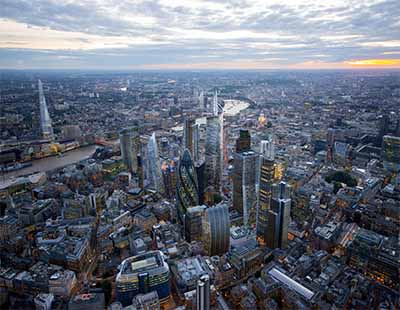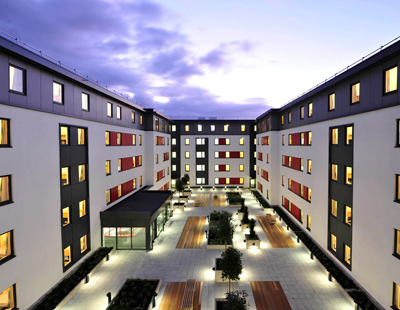
Rents in London’s prime property market have increased further, rising by 1.1% in the 12 months to September, as more people look to rent rather than buy property in the heart of the capital amid Brexit uncertainly, new figures show.
According to Knight Frank’s latest prime London lettings report, demand for rental property is outstripping supply, owed in part to the fact that more landlords are looking to offload properties due to a succession of tax changes, such as the phasing out of mortgage interest relief.
Punitive tax changes for landlords means an increasing number have either sold or listed their property for sale. This, in turn, has resulted in a decline in supply and put upwards pressure on rental values.
Separate data from Rightmove reveals that there were 7% fewer new lettings listings in prime central London in the year to September 2018 compared with 12 months earlier. The equivalent decline was 10% in prime outer London. As a result, annual rental value growth has returned to prime central London and the annual declines in prime outer London are moderating.
While average rents in prime central London grew 1.1% in the year to September, the annual change in prime outer London dropped by 1%, which was the most modest rate of decline in two and a half years.
Knight Frank suggests that a reform to tenant fees is one recent change that may exacerbate this trend. The firm believes that the change, which is likely to be introduced next year, could prompt more landlords to review their portfolios amid increased administrative charges.
Despite declining levels of supply and the uncertain political backdrop, Knight Frank agreed 6% more new tenancies in the year to September 2018 than the previous year.
The total annual return in prime central London, a figure that takes the gross initial yield and annual capital value growth into account, was 0.3% in September.
While this is lower than some previous years, it is stronger than other asset classes. The price of gold and the FTSE 100 fell by more than 5% in the year to mid-October.
Want to comment on this story? Our focus is on providing a platform for you to share your insights and views and we welcome contributions.
If any post is considered to victimise, harass, degrade or intimidate an individual or group of individuals, then the post may be deleted and the individual immediately banned from posting in future.
Please help us by reporting comments you consider to be unduly offensive so we can review and take action if necessary. Thank you.















.png)






Join the conversation
Be the first to comment (please use the comment box below)
Please login to comment